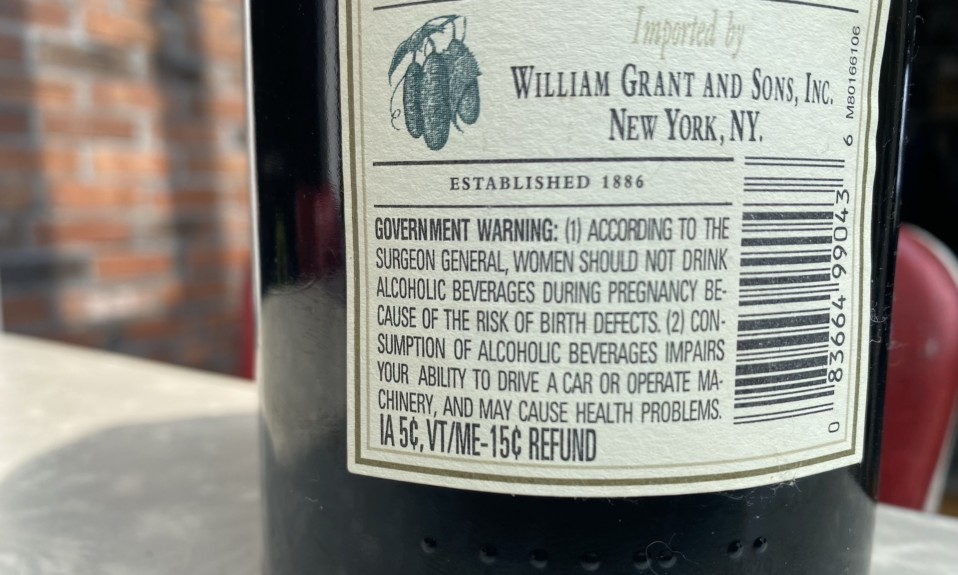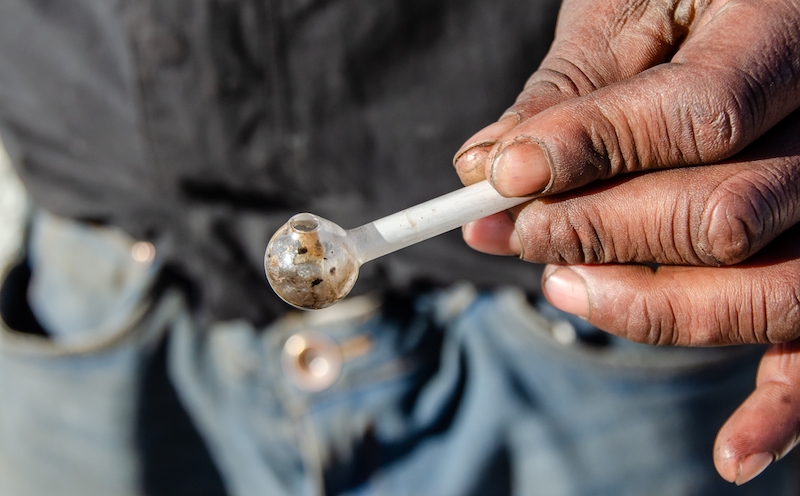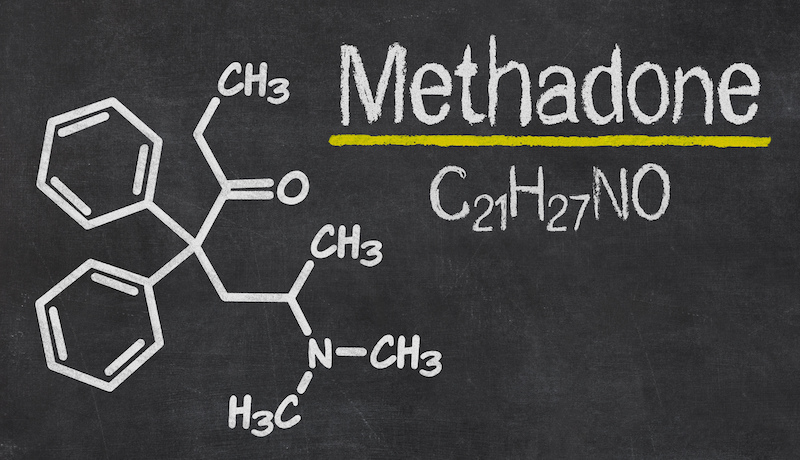Plus: Cannabis use disorder and pregnancy, and the troublesome lack of access to buprenorphine early in the pandemic
By William Wagner
April 27, 2021Who needs opioids, anyway? According to a study from the University of Michigan, the human body might be capable of tamping down pain without assistance from those highly addictive drugs.
We also look at the impact that heavy marijuana use during pregnancy might have on newborns, and how critical access to buprenorphine was limited in the first months of the pandemic.
While these molecules won’t solve the opioid crisis, they could slow it and prevent it from happening again because patients in pain could take this type of a drug instead of a traditional opioid drug.”—John Traynor, University of Michigan
From Proceedings of the National Academy of Sciences:
A Way to Manage Pain Without Opioids?
Doctors have to walk a fine line when prescribing opioids to patients with chronic pain. But if a new study in Proceedings of the National Academy of Sciences ultimately bears out, their jobs might become a bit easier. University of Michigan scientists have been working to see if non-addictive substances called positive allosteric modulators—specifically, one known as BMS-986122—can be harnessed to bolster enkephalins in the human body that naturally mitigate pain. “While these molecules won’t solve the opioid crisis, they could slow it and prevent it from happening again because patients in pain could take this type of a drug instead of a traditional opioid drug,” John Traynor, Ph.D., one of the leaders of the study, said in a news release. The next step in their research will be to further test the safety of this pain management therapy.
From: the JAMA Network
The Pandemic Decreased Access to Buprenorphine
Another round of troublesome news related to COVID-19: Researchers from Princeton University, Northwestern University and the National Bureau of Economic Research determined that disruptions in the medical system early in the pandemic made it more difficult for new patients to receive prescriptions for buprenorphine, a medication-assisted treatment (MAT) for opioid use disorder (OUD). From March 18 to May 19, 2020, according to the study, buprenorphine prescriptions to new patients were “18% below projected levels,” although existing patients were relatively unaffected. Meanwhile, opioid-related deaths have spiked during the pandemic, with the Centers for Disease Control and Prevention (CDC) recently reporting that more than 87,000 Americans died of overdoses between October 2019 and September 2020. That’s the highest number of deaths for a one-year period since the onset of the opioid epidemic in the 1990s.

From Addiction:
Cannabis Use Disorder’s Impact on Newborns
An ambitious study funded by the National Institute on Drug Abuse (NIDA)—one in which 4.83 million live births in California from 2001 to 2012 were analyzed—highlights the negative impact of heavy marijuana use during pregnancy on newborns. Among the potential outcomes are preterm births and low birth weights relative to the newborns’ gestational ages.
This study follows several others on marijuana consumption during pregnancy. It’s a research trend at least somewhat influenced by the increasing number of states that have legalized recreational use of pot. In a news release about the study, NIDA director Nora Volkow, M.D., said, “While we cannot establish that cannabis use caused negative outcomes in this study, these data reinforce the case for caution around using cannabis during pregnancy. Careful analysis of data like these is one way we can responsibly study how cannabis use affects the developing child, all while a natural experiment is playing out across our country in places where cannabis is becoming widely available to pregnant consumers.”
Top photo: David Saurez; bottom photo: Edwin Hooper













